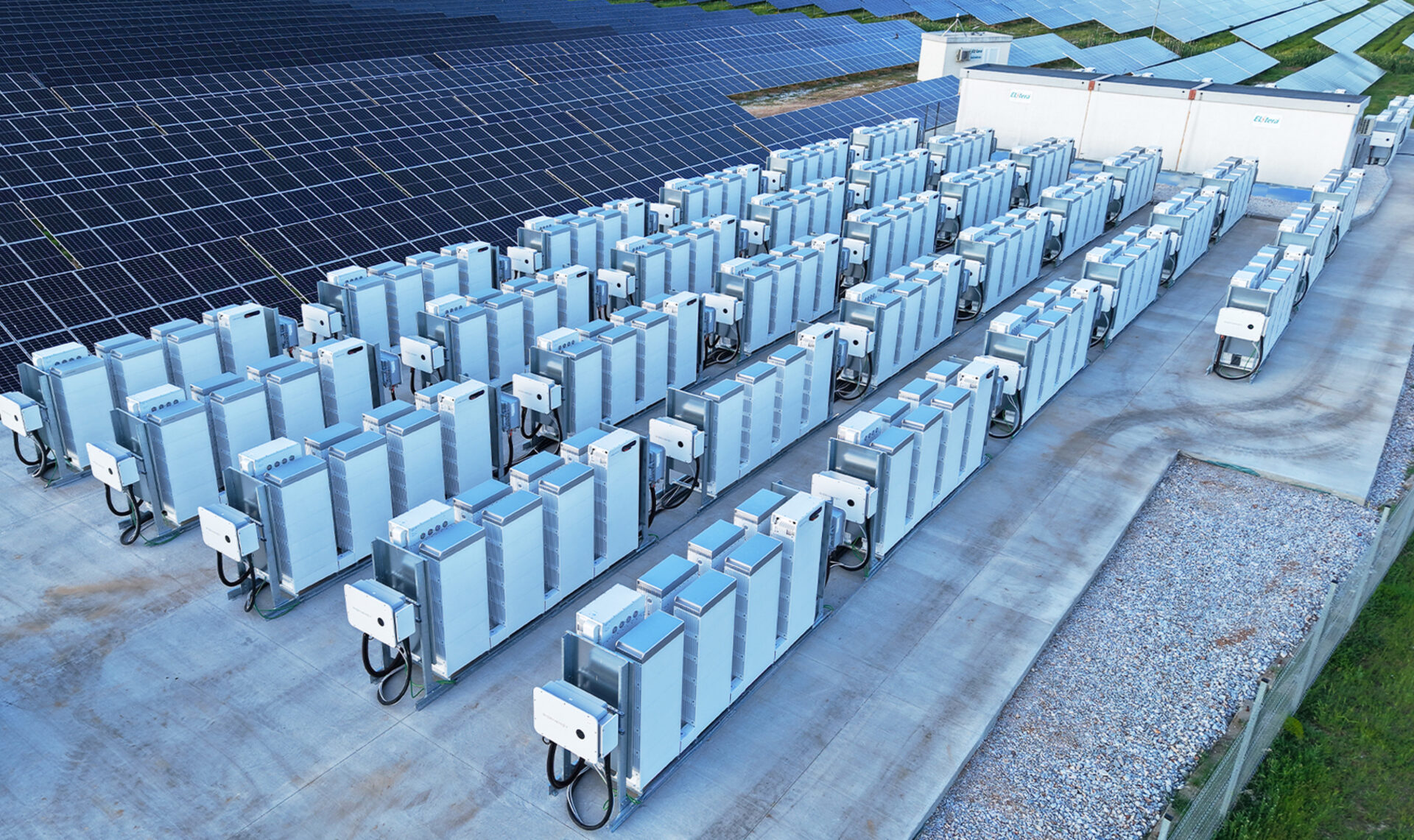Photo Credit: Fraunhofer ISE
I’m a geek, I admit it. And while I eschew some aspects of geekdom – cosplay, Marvel Movies, competence in operating computer software – I find the technology behind the solar energy revolution genuinely fascinating.
And when it comes to the next generation of solar technology, perovskite solar cells are hard to look past.
PV labs and R&D teams have been racking up impressive conversion efficiency results ever since it was discovered, relatively recently, that perovskites exhibited a photovoltaic capability. An initial conversion efficiency of 3.8% was achieved with a perovskite device in 2008 and ever since new records have been set at regular intervals.
The most recent record-setting perovskite devices have blown past what can be achieved with mainstream solar technology.
Earlier this month I caught up with Chris Case, the long-serving CTO of perovskite-silicon tandem developer Oxford PV – a genuine front-runner among the field of contenders to commercialize PV perovskites. He set out the upside pretty clearly.
“I’m very pleased that silicon PV is continuing to make improvements, but no matter how they have been rolled out – whether via TOPCon, back contact, or heterojunction – they are not going to get beyond 25-26%. That is the limit of physics. And we don’t have that limitation.”
Case says that Oxford PV is producing perovskite-heterojunction tandem solar cells with a mean efficiency of 27% on commercial production equipment, albeit at a reasonably small scale. And there’s plenty of room for that efficiency to increase further.
The current record efficiency set by a perovskite-silicon tandem solar cell is 33.9% – from Chinese monocrystalline giant Longi. In a single junction device, 26.1% has been achieved.
While these record setting devices are small, postage-stamp sized, the efficiency results are impressive. And perovskites don’t have the same cost-or-material availability restrictions facing other high-performance cells, like gallium arsenide and its derivatives.
Perovskite Challenges
But there are a host of challenges in taking perovskite PV from lab to fab. The stability of the device is one: in that perovskite solar cells are sensitive to temperature and moisture – meaning that they will degrade if not properly insulated against both.
Accurately measuring a perovskite’s efficiency, its stabilized power output, is also quite unlike other solar technologies. Stefan Roest, the founder and CTO of Dutch measurement equipment provider Eternal Sun says that measuring perovskite devices is “far more complex” than mature thin film or crystalline silicon technologies.
“The challenges posed by perovskite PV devices in measurement are bigger than we’ve ever seen before,” says Roest.
One abundantly clear consequence of these challenges is that LED light sources will be required in the measurement of perovskite solar cells, rather than Xenon. As perovskites continue to mature, their prevalence will accelerate the trend towards LEDs in solar labs and fabs. But standard protocols that could be applied by manufacturers are still under development.
I tackled the topic of the accurate measurement of perovskite solar cells in a recent feature article for pv magazine global. While it is undoubtedly a technical topic, I tried to approach it in a way that made it accessible to the wider solar industry – and not just the researchers, technologist, and true geeks.
Thanks, as always, to my sources and collaborators on the story, Karl Melkonyan from S&P Global, Johnson Wong from Wavelabs, and Fraunhofer ISE’s Martin Schubert.
Check it out for yourself here.




